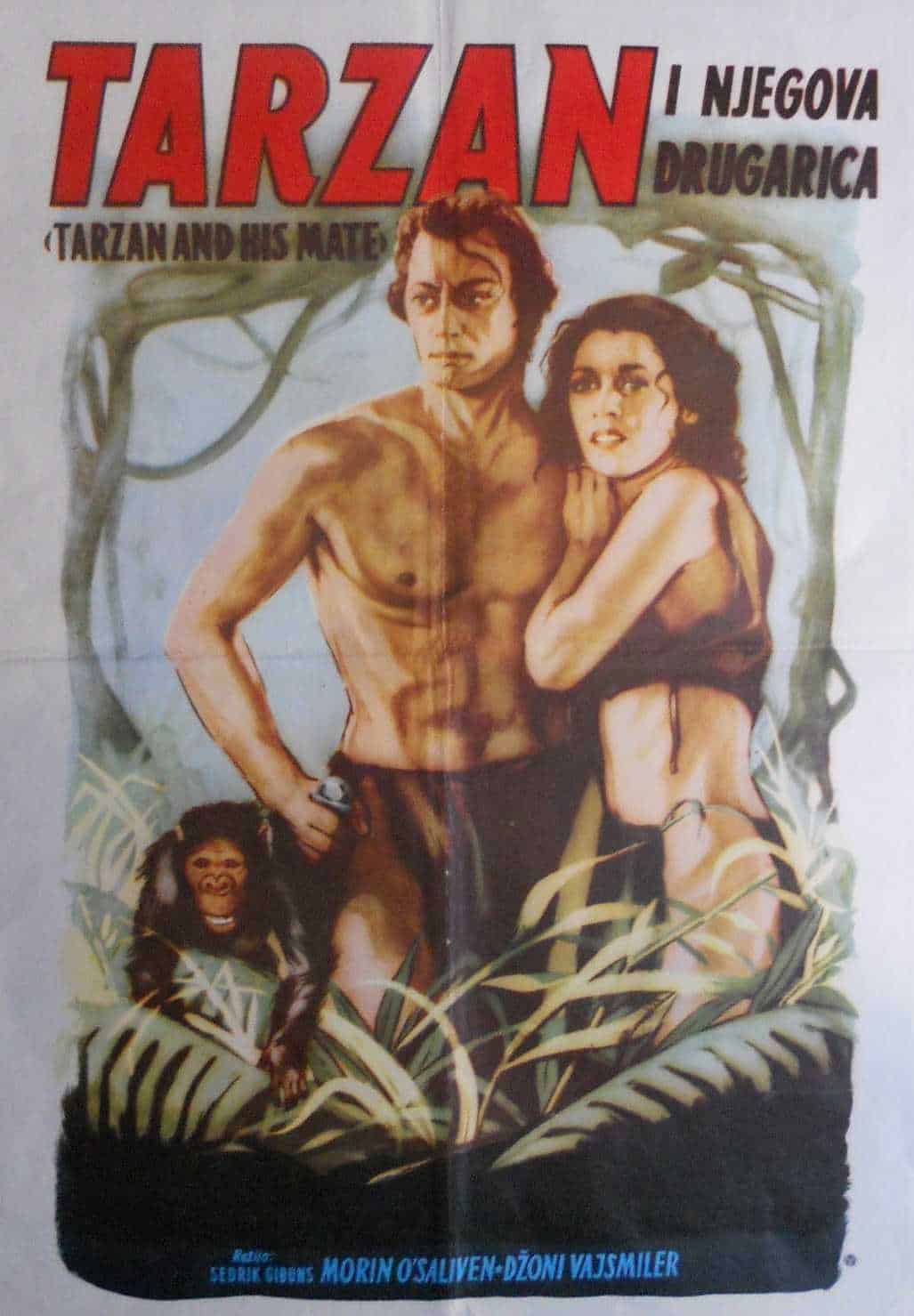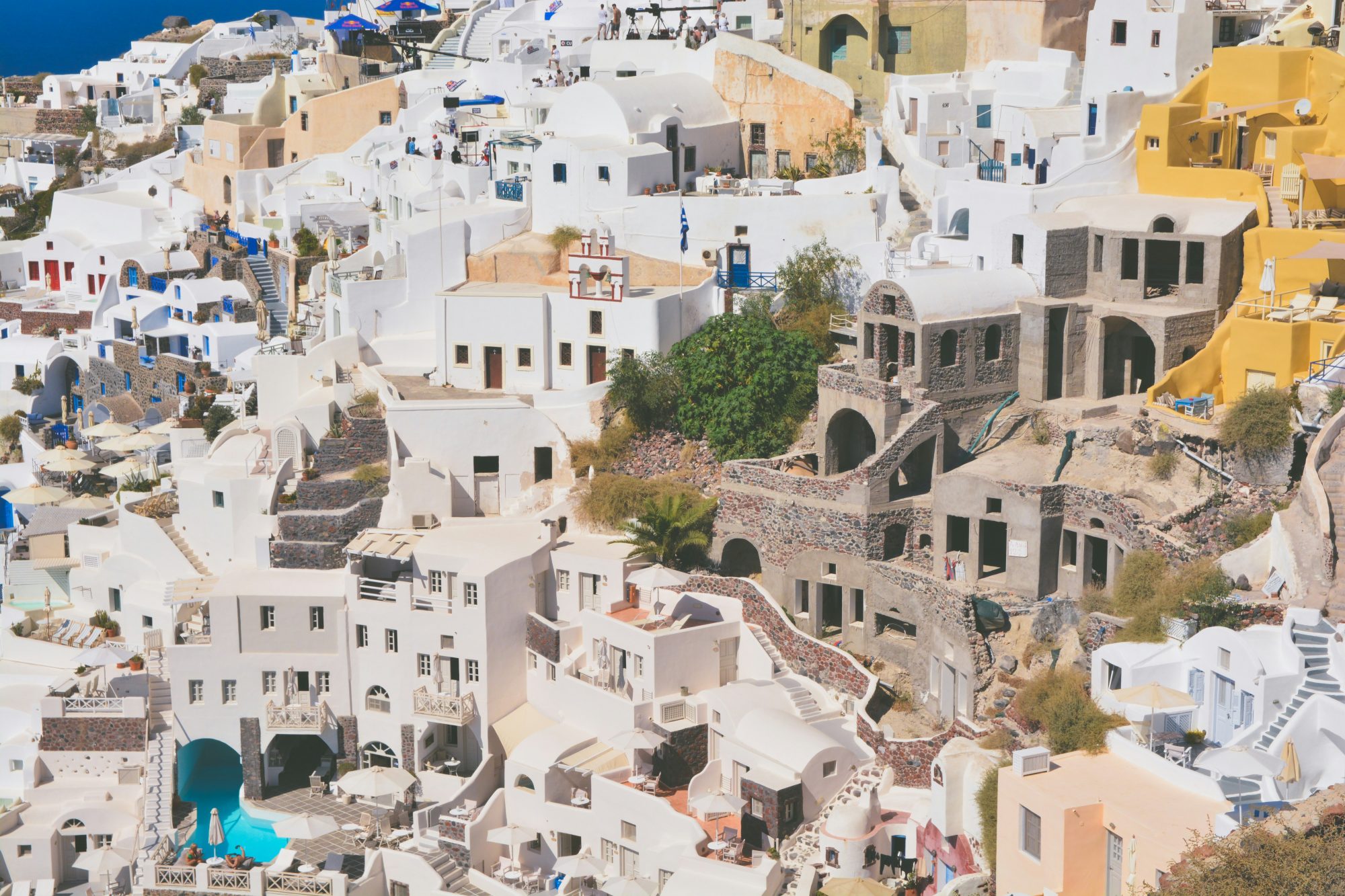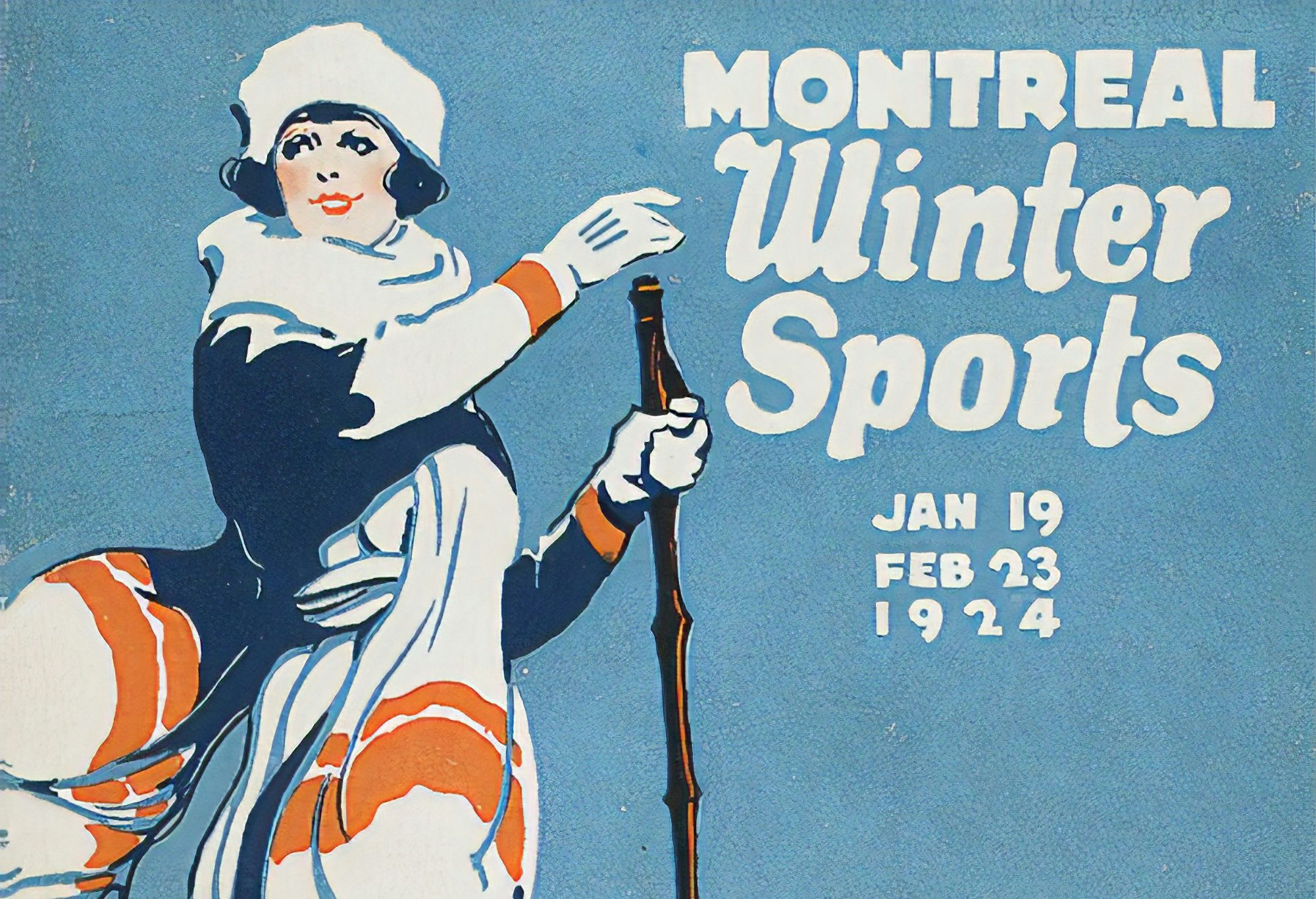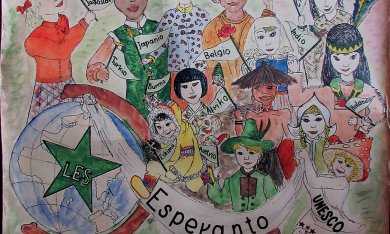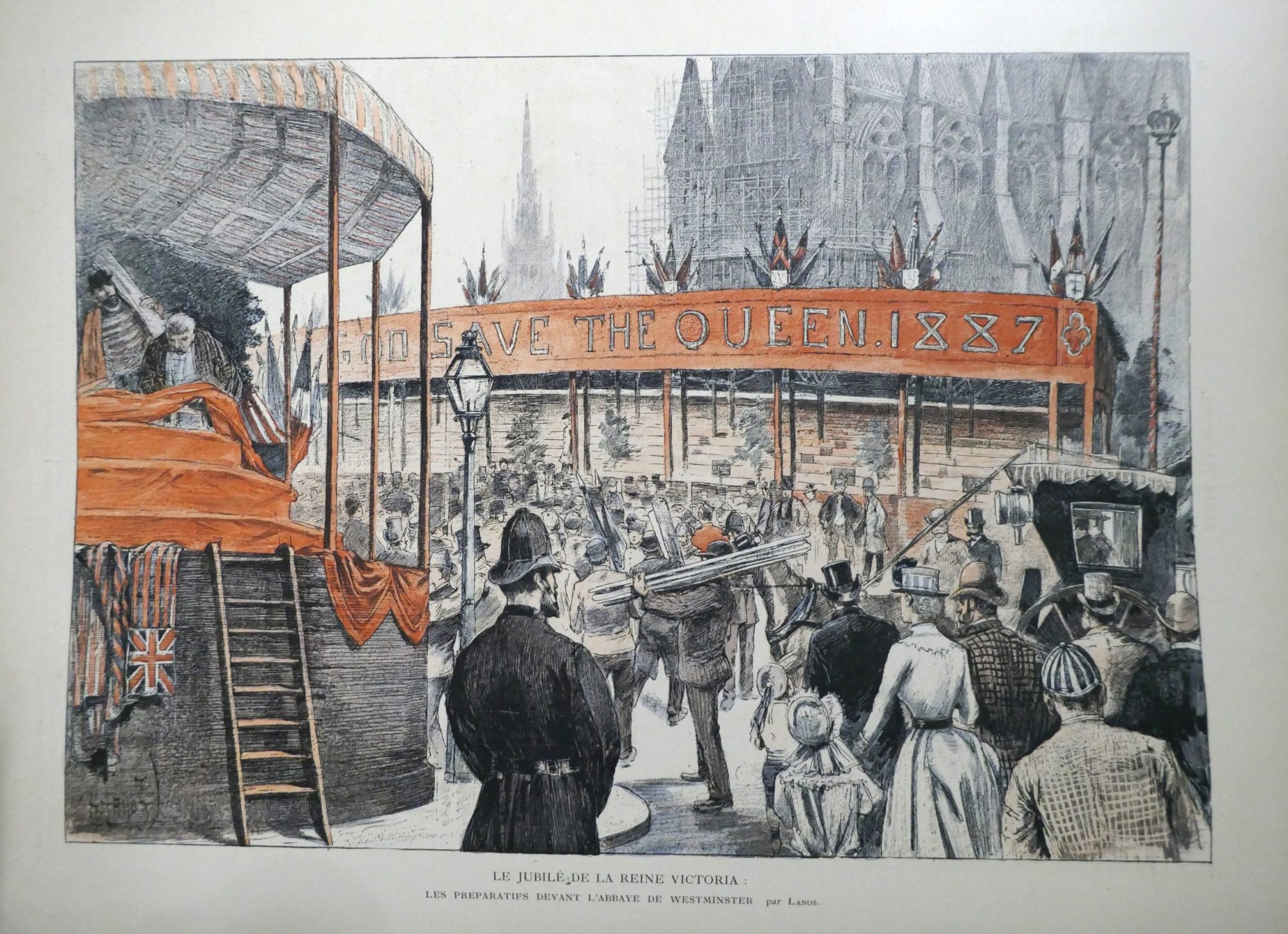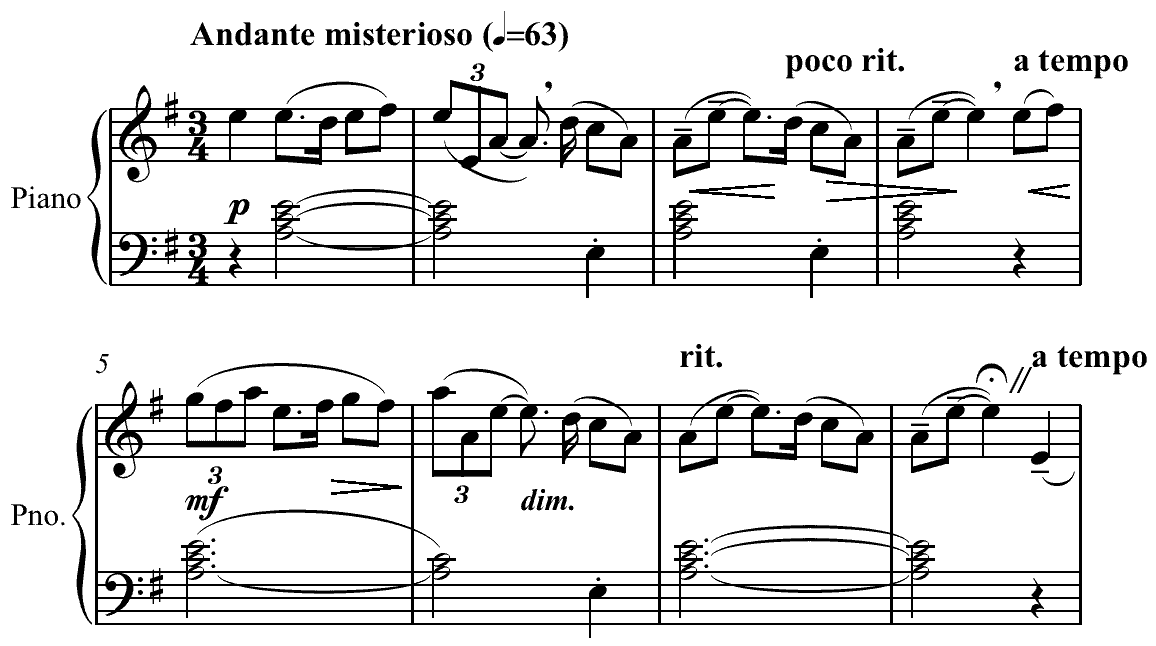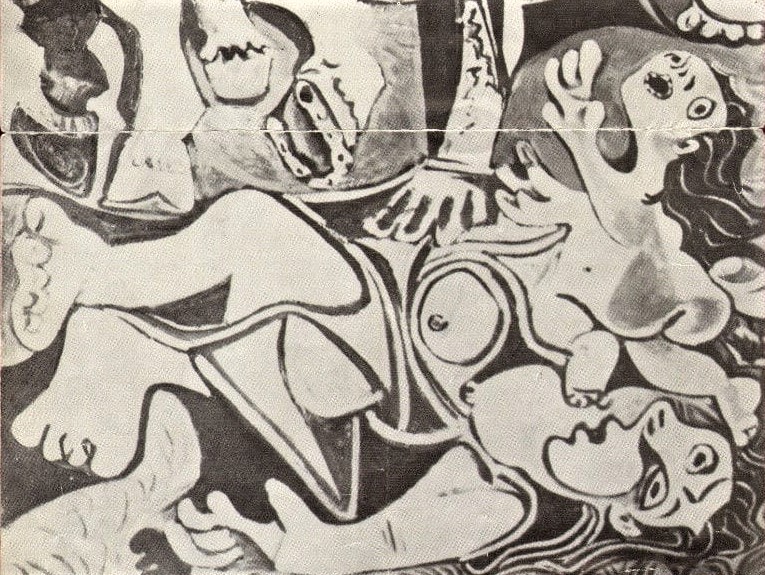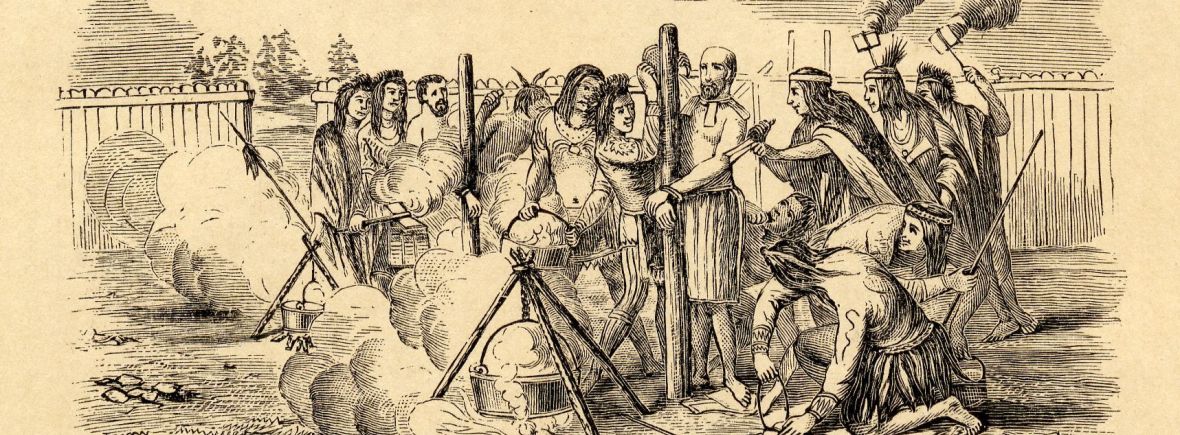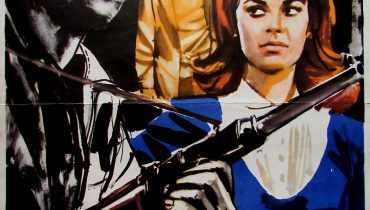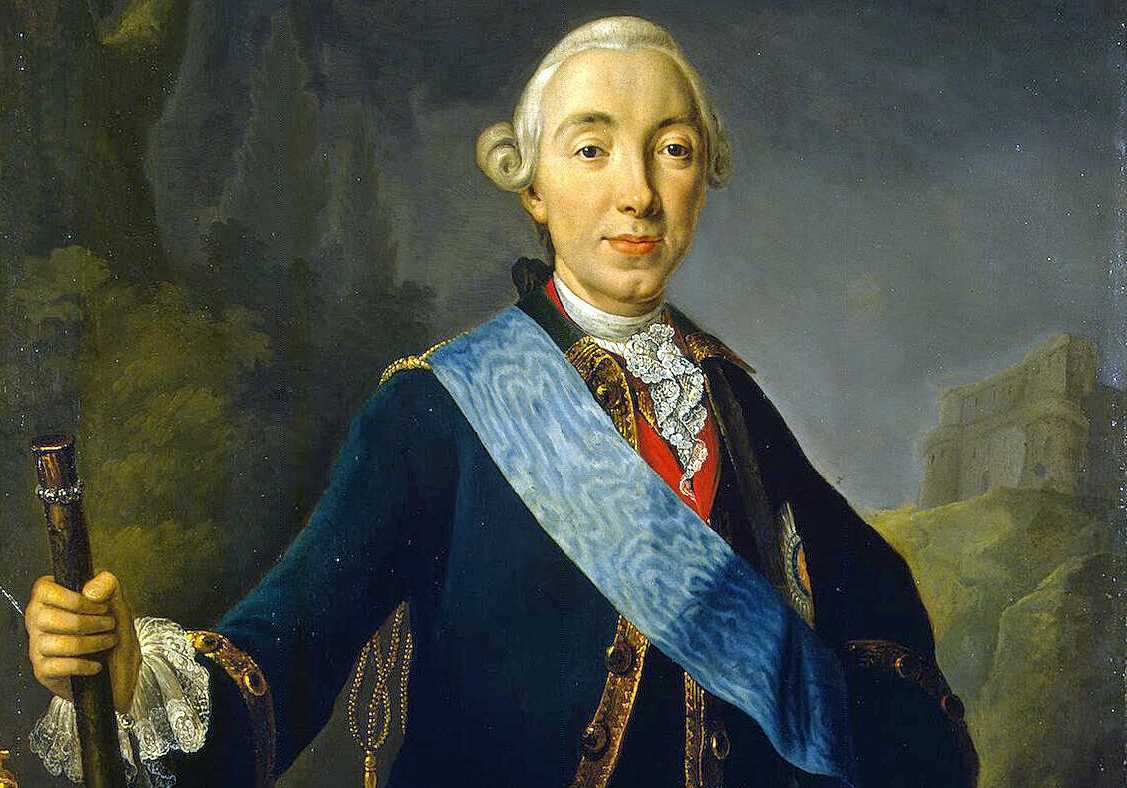Posters Throughout History I
It is a rather interesting question how do the posters in their physical form still manage to hold relevance. While posters had their practical use throughout history, they’ve become somewhat obsolete with the worldwide internet availability.
Why care for the posters when all events and advertising is already on the web? First off, not all of us are always on our smartphones. Secondly, in spite of being primarily informational, the poster is also a form of art. So, if a festival is in your town, it is a small chance that you will not see a poster advertising it.

Poster of the movie “Tarzan and his Mate”, originally shot in 1934. This is the first original print from the early ’50s (when the movie was translated and the rights bought) in Serbian language for the territory of Yugoslavia.
The Technical Side of Art
We will be talking about prints soon enough but before that, we will take about the history of poster art. The story begins with certain technological innovations that happened before the mass production of posters was possible. The first step was an introduction to lithography. Invented in 1798, lithography was at first an expensive technique for poster production. Most posters were wood or metal engravings with little color or design, a technique mostly used for book illustrations and small-series maps, portraits, and landscape productions.

Russian Imperial poster from the year 1913 announcing an upcoming event in the Polytechnic Museum of Moscow. Printed before in one color, not very inviting but quite informative.
Father of the Modern Poster
The invention of the 3 stone lithographic process by Jules Chéret was crucial to the mass production of posters. Invented in the 1880s, it allowed the artists of the period to pull out every color imaginable with as little as three stones – red, yellow, and blue – printed in careful registration. Jules Chéret, a French painter and lithographer, became himself a master of Belle Époque poster art. Thus he got the name “father of the modern poster”. Although the process was difficult, the result was a remarkable intensity of color and texture, with sublime transparencies and nuances not possible in other media. The ability to combine word and image in such an attractive and economical format finally allowed the lithographic poster to usher in the modern age of advertising.
Art Meets Graphic Design
The Belle Époque
The Belle Époque was a period of Western European history. Conventionally, it dated from the end of the Franco-Prussian War in 1871 to the outbreak of World War I in 1914. It occurred during the French Third Republic, a period of optimism, regional peace, economic prosperity, as well as technological, scientific, and cultural innovations. In the climate of the period, especially in Paris, the arts flourished. The Belle Époque got its name in retrospect, as only in contrast to the horrors of World War people could look back on it as “the golden age”. I. In 1891, Toulouse-Lautrec, a French painter, printmaker, draughtsman, and illustrator made his extraordinary first poster, Moulin Rouge, and elevated the status of the poster to fine art and touched off a poster craze.
Art Nouveau
Art Nouveau is an international style of art, architecture, and applied (especially decorative) art. It rose to popularity between 1890 and 1910. As a reaction to the academic art of the 19th century, it was inspired by natural forms and structures, not only in flowers and plants, but also in curved lines.
Two-dimensional Art Nouveau pieces were painted, drawn, and printed in popular forms such as advertisements, posters, labels, magazines, and the like. Japanese woodblock prints, with their curved lines, patterned surfaces, contrasting voids, and flatness of visual plane, also inspired Art Nouveau.

Japanese woodblock prints predate and inspire the Art Noveau. The contours and the way colors match resemble works of French great artists from the end of the XIX century.
Some line and curve patterns became graphic clichés later found in works of artists from many parts of the world. Only 4 years after Toulouse-Lautrec made the iconic Moulin Rouge poster, another Parisian artist of Czech origins, Alphonse Mucha, created the first masterpiece of Art Nouveau poster design.
Bearing multiple influences including the Pre-Raphaelites, the Arts and Crafts Movement, and Byzantine art, this floral, ornate style became the major international decorative art movement up until World War I.

Lautrec’s famous Moulin Rouge.
Promotion of National Style
In each country, the poster celebrated society’s unique cultural institutions and was made in a distinctive national style. In France, the cafe and cabaret were omnipresent; Italy had its opera and fashion, and posters were famous for their drama and grand scale; Spain paraded their bullfights and festivals; Germany had trade fairs and magazines, distinct for their directness and medievalism; in Britain and America, literary journals often featured poster art of bicycles and the circus.
Stay tuned!
Dušan Dimitriev
Images from actual listings on the Poster section in Sigedon Books and Antiques store
Moulin Rouge image from Wikipedia Commons.

